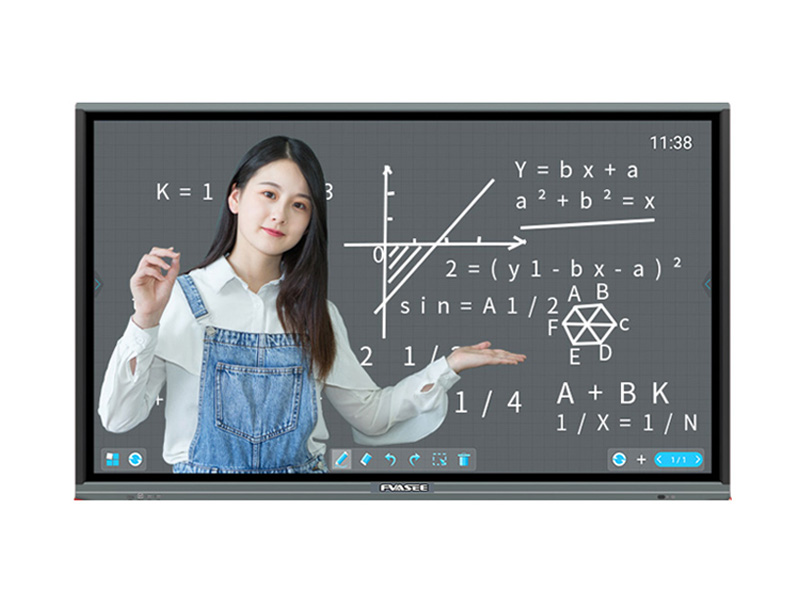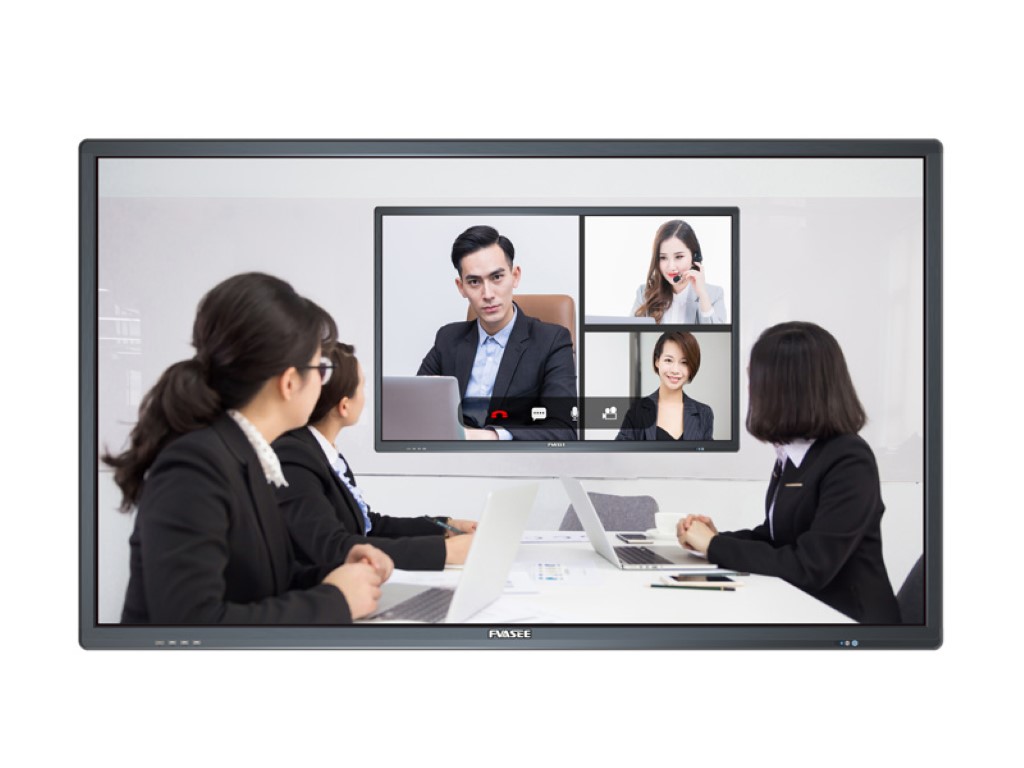
IWBs gave teacher total access to information on the Internet and new tools to expand their repertoire of lecture, whole group discussion, small group teaching, and students’ independent work, thereby enhancing existing teaching approaches. The theory was that IWBs, then, by engaging students would remedy partially or wholly those ever-constant problems faced in classrooms.
What Does Use of Interactive Whiteboards Look Like in Practice?
A Philadelphia high school English teacher describes her use of the IWB:
I have been using an interactive whiteboard for several years, and honestly, I like having the board available. The software that comes with the board offers me a nice way to organize and save the work we do each day. If we mark up a document during a lesson, I can save it and refer back to it the next day. Often, I use the board to share information for mini-lectures, to demonstrate activities, or to show video clips or images to enhance my lessons.
Does that mean that none of my teaching is student-centered? No way. I am often at the board for a total of five or ten minutes and then my students are working together in small groups, or we are engaged in class discussions about the literature we are reading. I sometimes return to the board to troubleshoot when a majority of my students are stuck, and that makes life easier for all of us.
Over the course of the past few years, my students have used the interactive whiteboard to showcase their learning through presentations. And when we are editing and writing as a class, we can share documents in real time. In other words, the students get to direct the learning.
The interactive whiteboard is a tool that lends itself to direct instruction, but it does not dictate that all the instruction needs to be teacher-directed.
From an article on a 4th grade classroom using an IWB.
Teaching artist Lisa Rentz worked with a classroom teacher on the group story-writing experience. Students read the book Circle Unbroken and then used it as inspiration for an original group story. “[The teacher] and I used the Smartboard to take notes, viewable by all, of the students’ ideas, words and decisions, as we went through the story-writing process– brainstorming, developing characters, commencing the plot, dialogue and word choice,” said Rentz.
Because the notes were on the interactive whiteboard, they were able to save them, print them and use them for outlines and handouts. “The Smartboard pages were printed out every day as the story grew. Each night I typed up everything for handouts the next day, and then resumed with the board until the conclusion of the story, which the students wrote individually,” said Rentz.
Do Interactive Whiteboards Work?
Sold as a way of increasing student motivation, engagement, collaboration, and academic achievement while altering how teachers teach to the whole class and small groups, research results, as one has come to expect in education, are decidedly mixed. Early enthusiasm that such devices–like laptops and desktop computers–increase students’ test scores shrunk as studies showed, at best, mixed results–including meta-analyses of the research.



